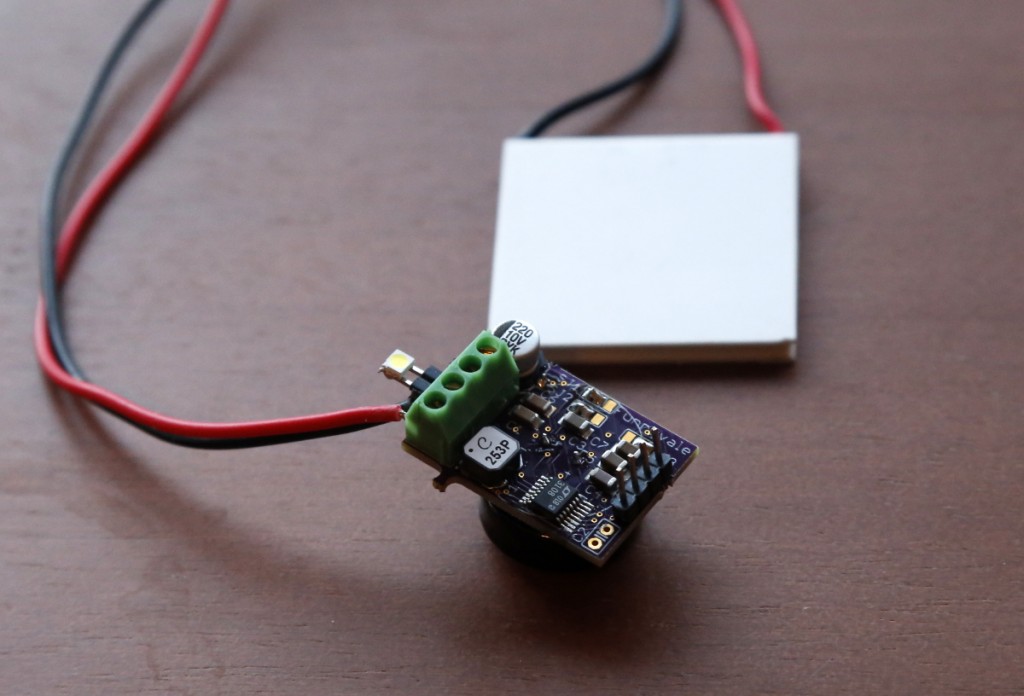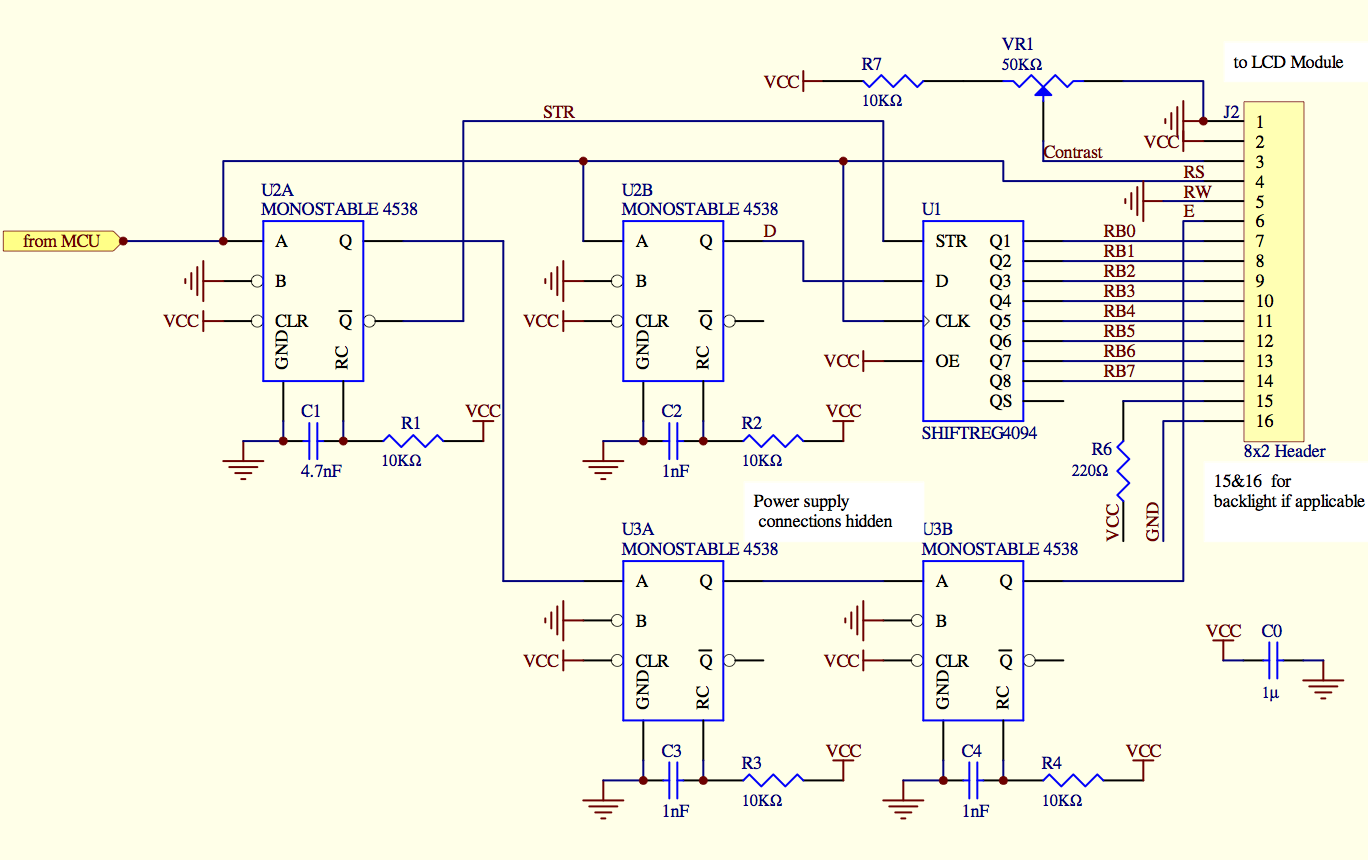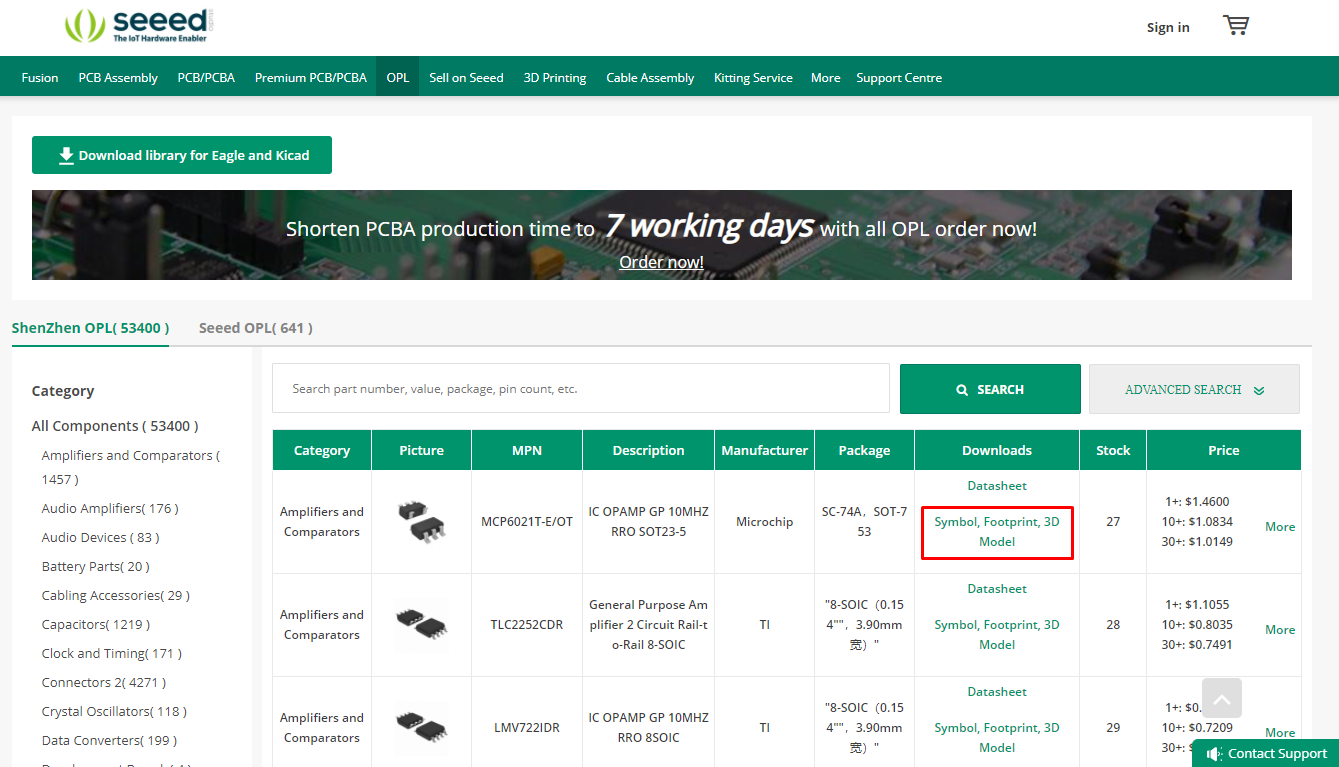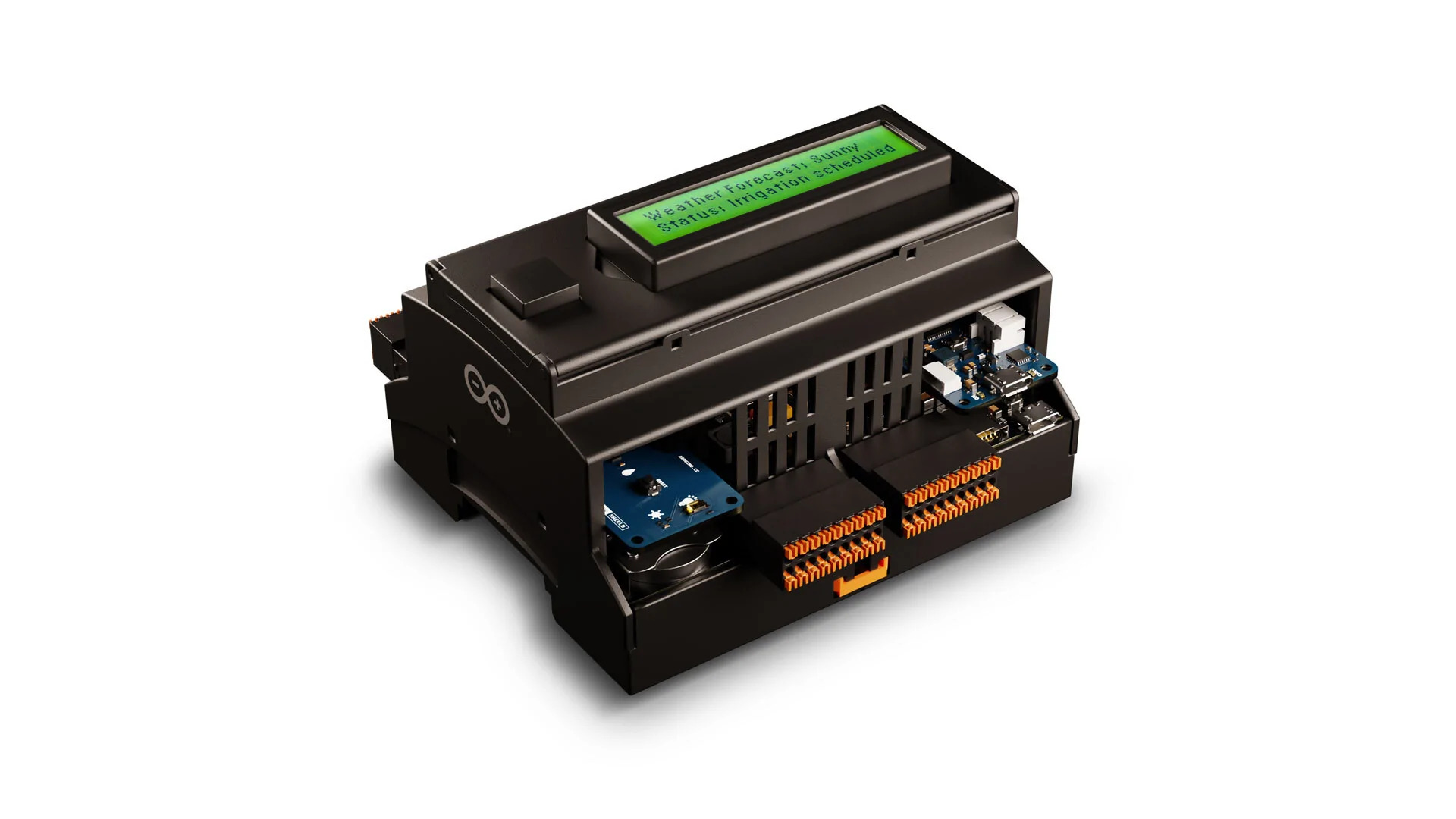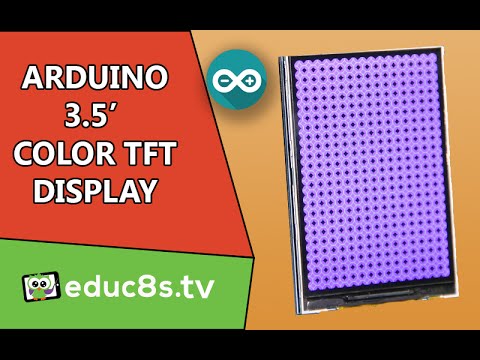
Researchers develop MEMS vibrational energy harvesters for IoT Systems
IoT systems are very well known these days as they allow connection and exchange of data through the internet. The Internet of Things (IoT) systems consist of a network of sensors, actuators, software, and other technologies connected. Due to increasing design specifications and the need for compactness, dependence on energy sources like solar is not feasible. We need compact solutions which can deliver enough power to our IoT circuits. IoT wireless sensors consume a peak power of around tens of milliwatt. But if we schedule the transmission and reception in some intervals, we can bring it in the order of a few hundred microwatts.
Microelectromechanical systems (MEMS) is the most suitable technology to realize IoT-sensing nodes because it enables integrated fabrication of sensors/actuators, electronic circuits for information processing and radio frequency communication, antennas, and energy harvesters on a single chip or in a package. Low power transmitter and receiver networks with onboard MEMs energy harvesting systems can independently generate power for themselves. In this way, the level of connection can be further developed without having to worry about power requirements. MEMS refers to Microelectromechanical systems. It is a technology that consists of micro-electro-mechanical devices and structures that are made using microfabrication. MEMS energy harvesting means taking advantage of vibrations and other mechanical effects and converting them into electrical power.
Hiroshi Toshiyoshi from the University of Tokyo and his colleagues recently published their study on MEMS vibrational energy harvesters. In this paper, researchers look into the fundamental mechanism to retrieve the power from physical vibrations by using microelectromechanical systems (MEMS) energy harvesters. They discuss the deliverable power they recorded and the mechano-electric power conversion techniques like electrostatic induction, electromagnetic induction, and piezoelectric effect.
Vibrational Energy Harvester
The vibrational energy harvesting method takes advantage of the mechanical energy present in the surroundings. The surrounding mechanical vibrations in the environment have a particular dominant frequency. When we tune an electrical oscillator (which is fabricated on-board) at this dominant frequency, we can expect to see power generated. This concept is similar to the impedance-matching concept in which for maximum power transfer, we match the load with the output resistance of the circuit. Such a mechanism is usually referred to as the velocity-damped resonance generator (VDRG), as the velocity of a physically exciting mass is mechano-electrically coupled to deliver electrical power to the external load.
This phenomenon is explained in the study with the help of a two-mass model. Here an inertial mass m is suspended with spring constant k and cin represents the inertial loss. In our circuit, the Cin represents the internal loss that consumes power within the energy harvester. The power that can be harvested is denoted by Cex.
Now we turn our attention to harvester devices used to harvest the above-mentioned vibrational energy.
Electrostatic device:
Electrostatic device harvests energy from the so-called ‘electrets’ or permanent electrical charges. They can generate internal and external electric fields and are equivalent to a permanent magnet that can store electrical charges for a prolonged period (as long as 100 years). The researchers used silicon oxide as the electret material. Silicon oxide is known to be negatively charged when it contains potassium ions driven out by electrostatic force. Researchers used the silicon oxide on the surface of MEMS electrodes as an electret skin to induce electrostatic displacement current.
The electrostatic displacement current is generated when a conductor is doing a mechanical motion in the presence of electric fields. The below figure shows the electrostatic current generated by the comb-shaped electrodes.

Instead of electrodes, piezoelectric material can also be used for the generation of electricity. Piezoelectric generators built around Quartz crystal are very popular and they generate electrical energy when subjected to mechanical strain. Although thin-film piezoelectric materials are available for microfabrication, piezoelectric constants of these materials are typically lower than those of the bulk PZT.
Electromagnetic device:
The relative motion of permanent magnets and coils dictates the amount of electrical power generated. It follows from faraday’s law that the changes in magnetic field induce an electric field and thus, here the mechanical motion of permanent magnets and coils induces electric power. One of the unique features of the electromagnetic energy harvester is the flexibility in magnetic circuit design. Even the single-coil and a magnet pair can be operated in two different configurations depending on the direction of the relative displacement of the two components.

Thus, as this study focuses on on-chip electricity generation from surrounding vibrations, it will aid in the growth of advanced and more sophisticated IoT systems that will be developed in the future.
Full Article: https://www.tandfonline.com/doi/full/10.1080/14686996.2019.1569828





